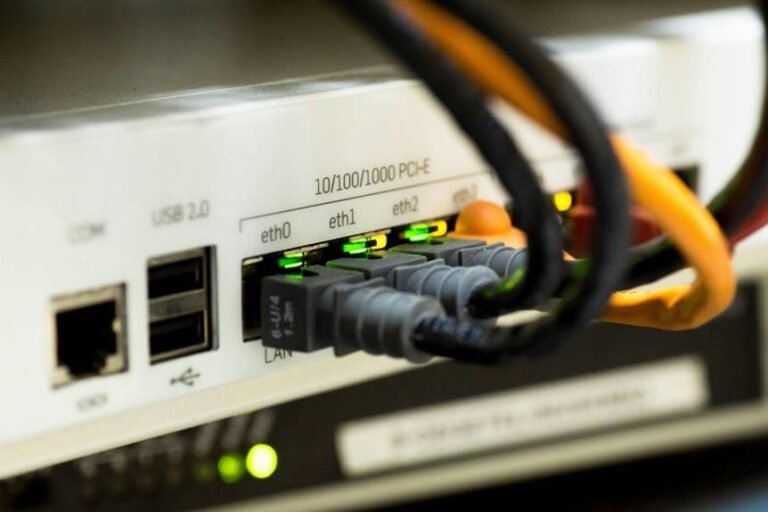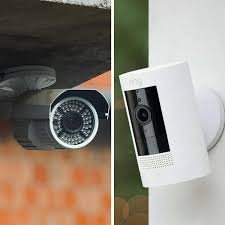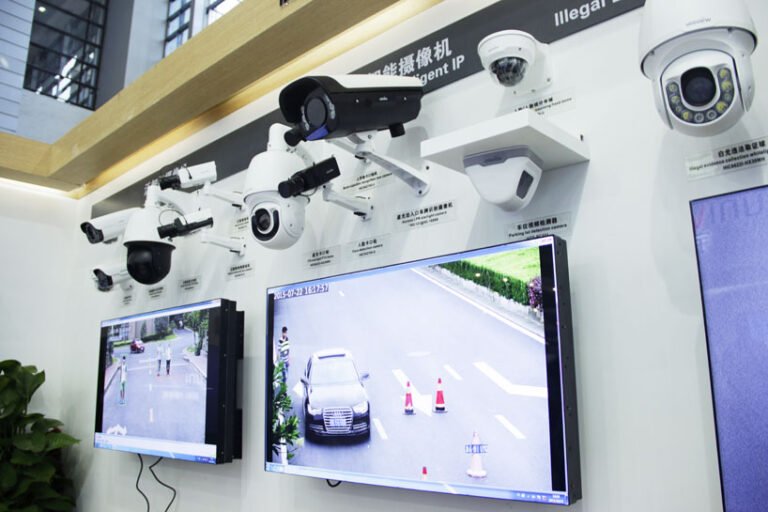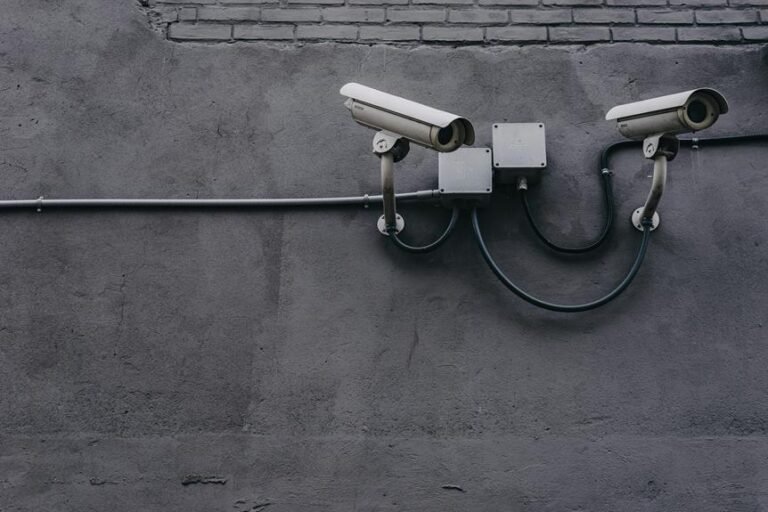So richten Sie die Dahua IP-Kamera auf dem Telefon ein

Die Einrichtung Ihrer Dahua IP-Kamera auf Ihrem Smartphone ist ganz einfach. Laden Sie zunächst die Dahua- oder DMSS-App aus Ihrem App Store herunter. Stellen Sie sicher, dass Ihre Kamera und Ihr Smartphone mit demselben starken WLAN-Netzwerk verbunden sind. Schalten Sie Ihre Kamera ein, …








